Chemical structure of cannabis

Hemp, or cannabis, has a rich chemical composition. This plant contains more than 400 chemical compounds, among which cannabinoids, terpenes and flavonoids stand out.
Cannabinoids are a class of chemical compounds that act on cannabinoid receptors in cells, stimulating the release of neurotransmitters in the brain. Of the more than 100 known cannabinoids, the most famous are tetrahydrocannabinol (THC) and cannabidiol (CBD).
But besides these two, there are other important cannabinoids:
- Cannabigerol (CBG): Known for its antibacterial properties and ability to reduce inflammation.
- Cannabichromene (CBC): Has anti-inflammatory and antidepressant properties.
- Cannabidivarin (CBDV): This cannabinoid is being studied for its potential in the treatment of epilepsy and other neurological disorders.
- Tetrahydrocannabivarin (THCV): It is psychoactive and of interest to researchers because of its potential antidiabetic properties.
In addition to these cannabinoids, there are many others. The exact properties and effects of which are little studied.
Terpenes are a large class of organic compounds found in many plants, including cannabis. They are responsible for the smell and taste of the plant. An example of a terpene in cannabis is myrcene, which has antioxidant, sedative, and anti-inflammatory properties.
It is also important to mention the endocannabinoid system, which is key to the effects of cannabinoids on the body. This system involves receptors located throughout the body that interact with cannabinoids to control a number of functions such as inflammation, pain, and mood regulation.
Entourage effect

When we consume cannabis, our bodies absorb hundreds of plant compounds. Each has unique effects and benefits, and their behavior can change in the presence of other compounds. This is the entourage effect. It's similar to how your mood can change depending on your social environment. How do you behave when you are alone, at a party with strangers or playing with your best friend? Your mood and the personality you project changes depending on who you're with.
To illustrate the entourage effect of cannabis, let's work with two compounds you're familiar with: THC and CBD. In a 2010 study, patients with cancer pain were given either a pure THC extract or an extract containing nearly equal levels of both THC and CBD. Patients receiving the THC/CBD combination reported less pain. But cannabis is much more than just THC and CBD. It also produces other cannabinoids as well as terpenes, which are aromatic compounds that can also be easily found in essential oils of lavender, orange, black pepper, eucalyptus, and many others.
For example, cannabidiol and cannabigerol have been found to inhibit (suppress) MRSA bacterial infection. They may be even more effective when combined with the terpene pinene, which fights MRSA, or when combined with terpenes that increase skin permeability.
Let's consider a specific example.
Variety: Auto Cheese Fondue Feminized Silver
Cannabinoids and terpenes: THC 19%, myrcene, caryophyllene, limonene.
Possible Synergism: Understanding the potential benefits of THC, myrcene, and caryophyllene, this strain can be recommended for those with sleep problems (myrcene) while also relieving pain and inflammation (THC and caryophyllene). The variety of cannabinoids and terpenes found in cannabis is often the reason why many users prefer flowers over extracts. The inflorescence contains many compounds with corresponding potential benefits.
The lemon-scented terpene limonene may help counteract THC-induced memory impairment. The combination of CBD and the pepper caryophyllene terpene may be useful in the treatment of addiction. CBD and the citrus-scented terpene limonene can work together to ease anxiety.
THC plus CBN (cannabinol) can potentially cause an increased sedative effect.
So, which cannabis products are more likely to contribute to the so-called entourage effect?
The hemp flower is certainly high in cannabinoids and terpenes since it is a raw plant product. But some cannabis extracts also contain high amounts of cannabinoids and terpenes. We call it Full Spectrum Cannabis Extracts. Oils, oral capsules, salves, vape cartridges... full spectrum extracts can come in many forms. What characterizes them as "full spectrum" is the long list of chemical compounds they store. This means that the extract can contain THC, CBD, KBG, KBN, myrcene, caryophyllene, limonene and more - all in one convenient package.
Not all cannabis extracts capture the wide range of compounds produced by the plant. Some are purified to contain a single compound, usually CBD or THC. This is called THC and CBD isolate respectively.
Use of medical cannabis

Medical cannabis in oncology
Cannabis helps relieve some of the symptoms associated with chemotherapy by helping the body fight the growth of cancer cells. This drug should be legal so that relatives of sick people do not walk the streets and ask where to buy medical cannabis. Many cancer patients are delighted to discover that cannabis can relieve the pain and nausea that comes with chemotherapy. There are already many examples that testify to the positive effect of cannabis on the course of the disease. The idea is not that cannabis cures cancer. It discusses the combination of cannabis with chemotherapy to minimize the effects of radiation on the cancer patient. So, let's figure out why both treatment options can and should be combined.
During chemotherapy, patients experience a number of unpleasant symptoms, from dizziness to nausea and vomiting. Such patients need chemotherapy because radiation kills cancer cells in the body, but the side effects often make it a terrifying experience. Patients need additional drugs to manage the side effects and symptoms so that they can undergo chemotherapy without feeling much worse.
First, cannabis helps relieve some of the symptoms associated with chemotherapy! In addition, it also plays a supporting role in helping the body fight the growth of cancer cells. Some patients are often concerned about using cannabis during chemotherapy, wondering if they should smoke, chew, or use it in some other way.
How to take medical cannabis?
Smoking
Indeed, foreign oncologists are against patients smoking marijuana if they have cancer or other serious lung disease. But some prefer that their patients smoke cannabis, because the cannabinoids enter the body and the blood flows many times faster. Interestingly, cannabis is a bronchodilator, meaning that instead of constricting the lungs, it dilates them, meaning it won't cause more harm to the patient. However, if you have lung problems, you'll need to weigh the pros and cons before taking up smoking.
Vaping
The option allows the patient to inhale cannabinoids, excluding the combustion products of hemp from entering the lungs. You don't burn the cannabis, you just heat it to a certain temperature, releasing only the cannabinoids you need.
Patients who do not like to "smoke" cannabis will prefer this method because it is good for the lungs and convenient. You can use this option so that others do not know that you are taking marijuana. After all, there is no characteristic smell!
Sublingually
Chemotherapy patients can also take cannabis sublingually, which is when the medicine is dripped under the tongue. CBD oil is usually dripped under the tongue. This approach produces faster results, but you should make sure you have the correct dosage before using this method.
Chewing candies
Cannabis can also be chewed in cases where the patient does not want or cannot smoke or vape. People have been chewing marijuana medicinally for centuries, so it's not a new idea. Don't worry, you won't get euphoric from chewing raw marijuana; it can be considered for use in other forms such as other food products, tinctures and chewing candies.
Here are some tips to help you get the most out of your cannabis use:
· Always start small and go slowly: don't take too much at once.
Avoid using too much product at once.
· Cannabis is safe when used correctly.
Benefits of cannabis in combination with chemotherapy

Please note that the benefits described below are based on the experiences of real patients who have used marijuana during chemotherapy:
Relieves nausea
One of the earliest side effects of chemotherapy is nausea in cancer patients. Many patients undergoing chemotherapy complain of increased fatigue, headache and high body temperature. By including cannabis in your treatment, you can greatly reduce most of these side effects.
Stimulates appetite
Cannabis increases appetite. Many chemotherapy patients say they cannot eat or lose their appetite after a chemotherapy session. When they started using marijuana, they noticed that their appetites returned with increased food cravings. Patients need to exercise well to stay strong enough for treatment, and cannabis can help.
Gives a surge of energy
Another side effect of chemotherapy is mental and physical exhaustion! Patients feel completely overwhelmed by the treatment process, which ultimately spoils their lives. Fatigue during chemotherapy means they are also prone to mental and physical breakdowns. Patients who combined cannabis with chemotherapy report feeling much better. CBD and THC have properties that can keep patients active throughout the chemotherapy process.
Sleep is normalized
Therefore, patients undergoing chemotherapy complain of insomnia. Because patients are prescribed special hormonal drugs in advance to help eliminate side effects, these drugs often cause insomnia. Cannabis can help patients relax during the day by restoring sleep.
Cannabis and pain
The variety of pain symptoms is one of the reasons CBD-based medications are becoming increasingly popular among pain sufferers. CBD products help alleviate various ailments. For example, hemp oil can be used to treat neuropathic pain as well as inflammation.
Pain is the most common complaint of patients using medical marijuana. Clinical trials of phytocannabinoids and prescription cannabinoids generally support their utility as analgesics for chronic pain.
Chronic pain
Research shows that CBD can have a positive effect on chronic pain outcomes for more than three months. Cannabinoid hemp oil has the ability to relieve muscle spasm in patients with multiple sclerosis and treats other chronic pain conditions, including fibromyalgia. A separate study found that CBD can stop inflammation and reduce pain. In addition, patients with long-term use did not develop resistance to the effects of CBD, and there was no need to increase the dosage to achieve the same pain-relieving effect. In these cases, patients using conventional pain relievers often find that they need to increase the dose to maintain effectiveness. Medical cannabis is one natural way to treat many types of pain with virtually no tolerance.
Back pain
Back pain is one of the most common problems. Although back pain can worsen and prevent you from performing simple daily tasks, people with chronic back pain understandably do not want to use traditional pain relievers due to addiction problems and constantly need to increase the dose or change the drug.
This is why topical CBD therapy is becoming increasingly popular among those suffering from chronic back pain. Topical treatment allows you to use the pain-relieving properties of CBD oil in a natural way to relieve back pain and get local relief.
Acute pain
Local treatment of severe pain with the help of hemp is popular among the people. The causes of acute pain are very diverse and can include anything from sunburn to muscle pain experienced by professional athletes due to exercise and accidents. Each patient can choose an option for himself: extract, oil extraction or the old smoking method. There are a huge number of ways, everyone will find something that suits him!
Unfortunately, medical cannabis in Ukraine is represented only in the form of a few authorized drugs.
Below is a list of gorgeous strains with amazing healing potential:
CBD White Widow fem gold
Auto CBD Somango Haze Feminized Gold
CBD NYC Diesel Feminized Gold
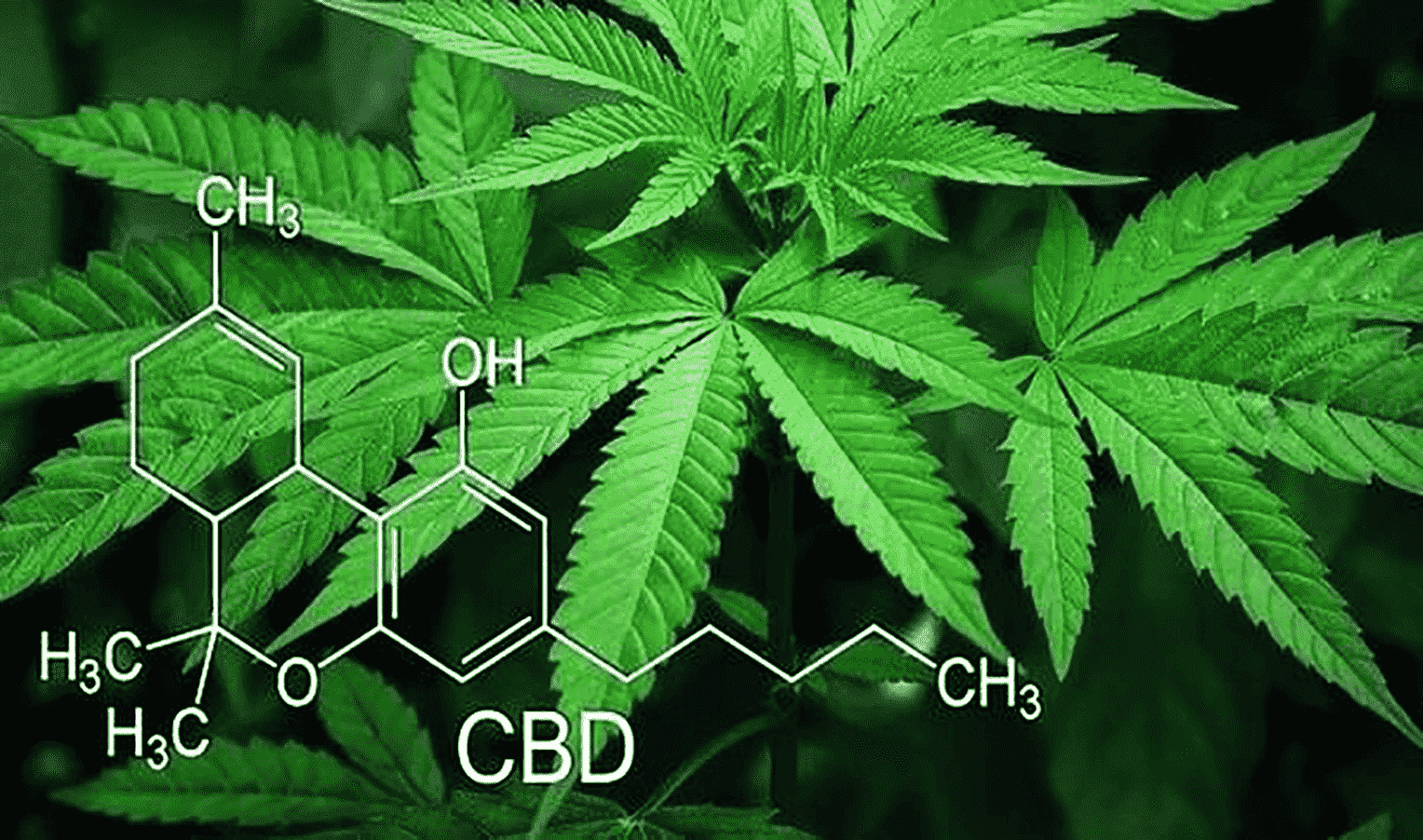
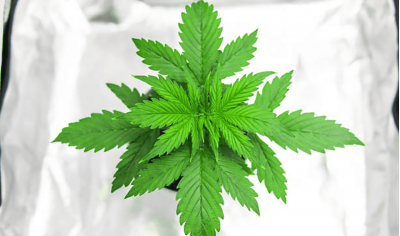
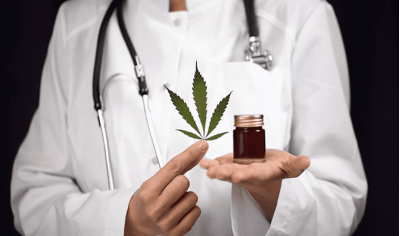
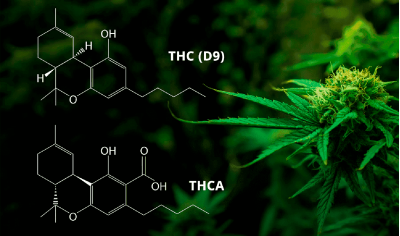
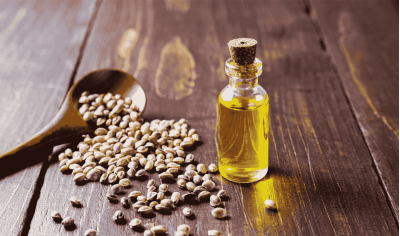



Write a comment